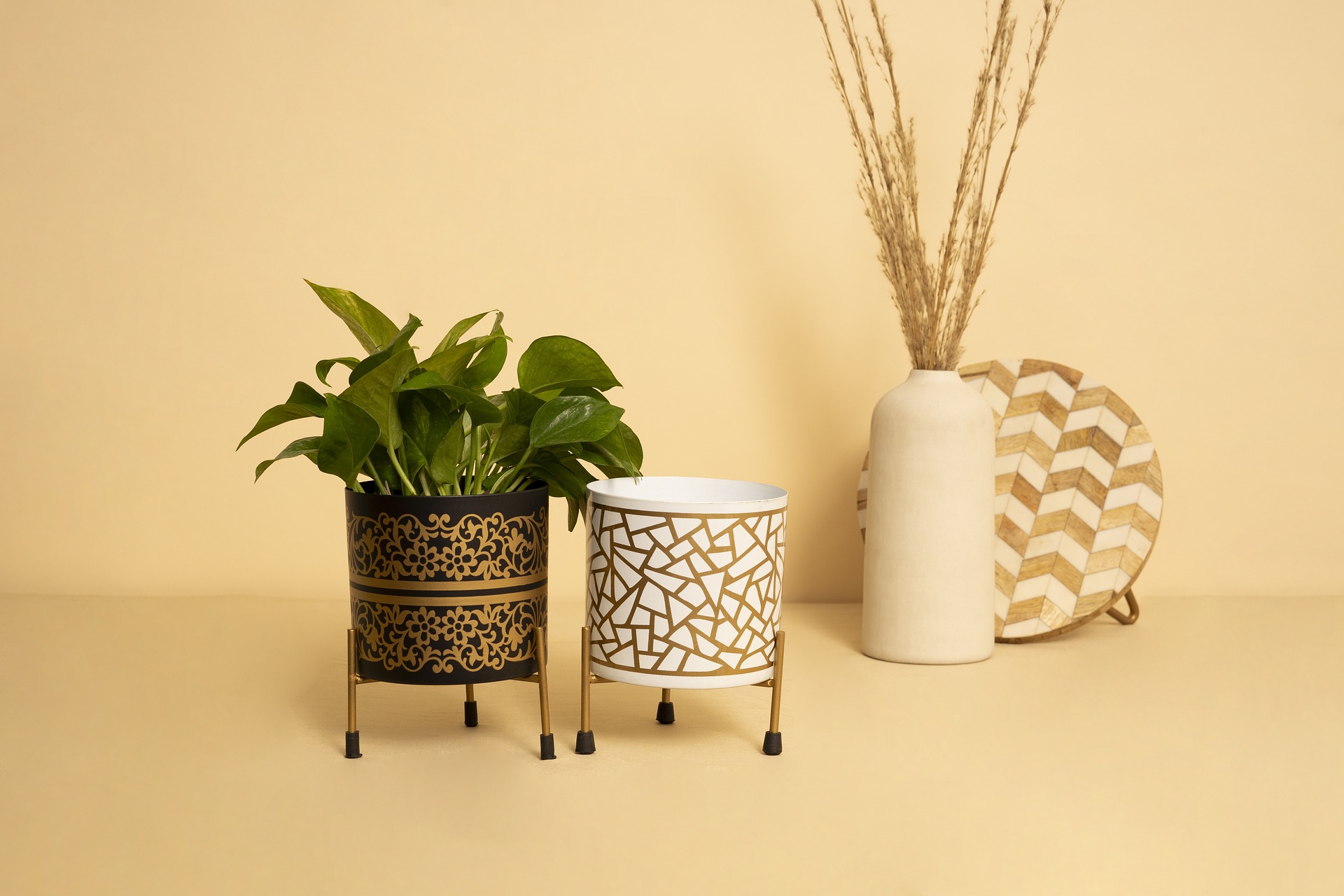Discovering the Appeal of Transitional Design in Modern Homes
When it comes to interior design, navigating through endless style options can be overwhelming. But amidst the myriad of design philosophies, one standout choice is gaining popularity: transitional design. A seamless blend of traditional and contemporary aesthetics, transitional design offers a timeless elegance that can transform your space into a sophisticated sanctuary.

Background of Transitional Design
Transitional design is a fusion of the old and the new, a marriage between classical tradition and modern freshness. It emerged as a response to the stark contrasts between contemporary and traditional design styles. With its emphasis on balance and harmony, transitional design has become a popular choice among homeowners who prefer a classic yet updated look.
Historically, transitional design has its roots in the late 20th century, a time when design trends began to shift away from the rigid rules of traditional styles. Designers started to experiment with mixing elements from different periods and styles, leading to the creation of transitional design. It’s an ever-evolving style, adapting to the changing tastes of homeowners while maintaining its core principles of balance and harmony.
Current Trends in Transitional Design
In the current design landscape, transitional design continues to evolve, reflecting contemporary trends while staying true to its traditional roots. One of the key features of this style is its use of a neutral color palette. Soft, soothing shades of beige, gray, and cream dominate, creating a calming and relaxing atmosphere.
Furniture pieces in transitional design are a blend of straight and rounded profiles. This mix brings a sense of visual interest and complexity to the space. It’s common to see traditional furniture pieces like a rolled-arm sofa paired with a sleek, modern coffee table.
Practicality and Market Trends
Transitional design is not just about aesthetics—it also offers a high level of practicality. Its versatile nature allows homeowners to update their spaces without committing to a complete overhaul. For homeowners who love the charm of traditional design but also want a touch of modernity, transitional design is an ideal choice.
The market for transitional design is growing, thanks to its wide appeal. It’s a style that can easily adapt to different spaces, whether it’s a compact city apartment or a spacious suburban home.
Enhancing Daily Living through Transitional Design
Transitional design offers a sense of comfort and tranquility, making homes not just beautiful, but also livable. The use of a neutral color palette creates a serene atmosphere, perfect for relaxation. The blend of traditional and modern elements adds a level of sophistication that enhances the overall aesthetic of the home.
In addition, transitional design encourages the use of natural materials like wood and stone. These elements not only add texture and depth but also bring a touch of nature into the home, promoting a sense of well-being.
Balancing Depth and Accessibility
Transitional design, with its blend of traditional and contemporary elements, can seem complex at first glance. However, its principles are straightforward, making it an accessible style for homeowners. The key is in finding the right balance—mixing traditional and modern elements in a way that feels harmonious and cohesive.
Ultimately, transitional design is about creating a space that feels welcoming and personal. It’s a style that invites you to embrace the old and the new, crafting a home that reflects your unique tastes and sensibilities.
Transitional design is a rich and versatile style, offering a timeless appeal that can transform any space. With its blend of traditional charm and modern freshness, it’s a style that’s sure to continue captivating homeowners for years to come.




